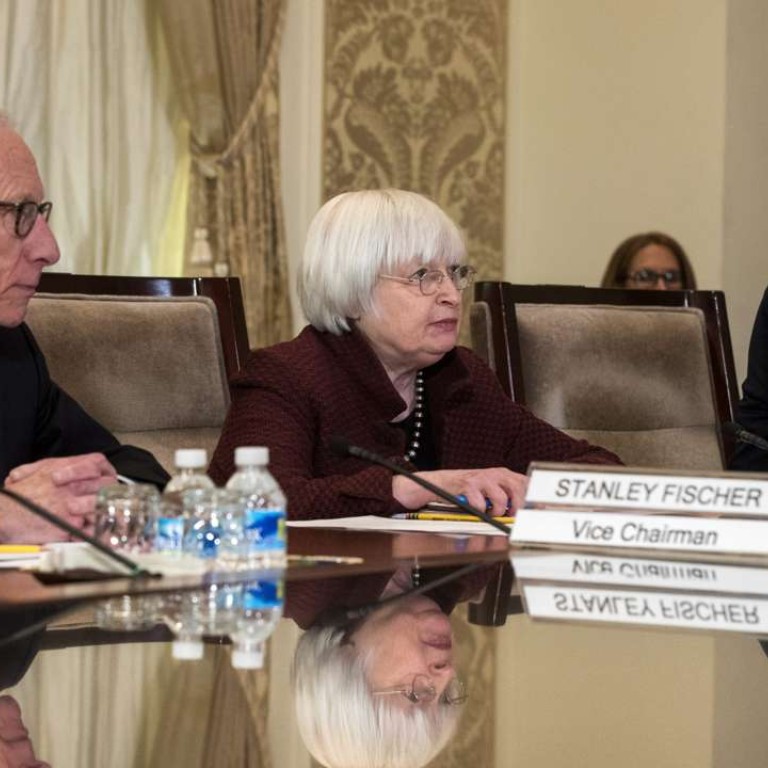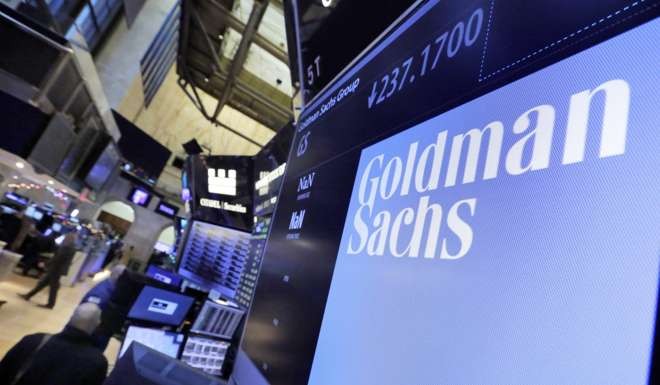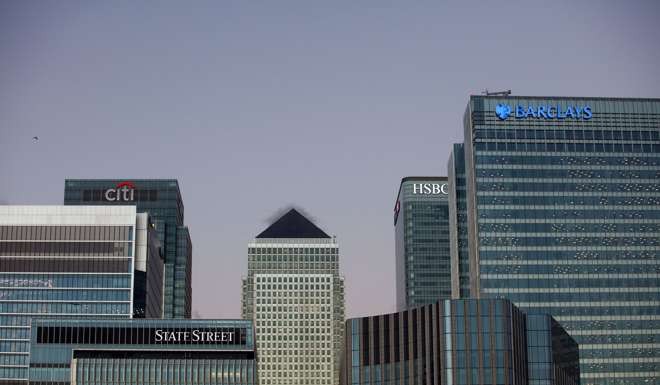
US banks must pay US$2 bn/year to insure against a future market collapse
The largest US banks will have to pay as much as US$2 billion more a year to insure against a future market collapse, the US Federal Reserve said on Thursday, as it outlined a new rule designed to further protect the financial system.
The rule demands Wall Street holds more debt that could be converted to shareholder equity if a bank is pushed to bankruptcy. Investor-owned stock is the main buffer against a bank failure.
Half of the eight largest US banks would need to issue roughly US$50 billion in fresh debt to satisfy the new standard, known as Total Loss Absorbing Capacity (TLAC), according to Fed estimates.
Taken together, the eight banks’ overall annual funding costs are set to increase by between $680 million and $2 billion, the Fed has said.

That wealth will help assure that taxpayers are never again called upon to bail out Wall Street, said Fed Governor Daniel Tarullo.
“We must avoid having to inject taxpayer capital into a failing bank out of fear that its insolvency would bring down the whole financial system,” said Tarullo.
In the wake of a 2008 housing market collapse, Congress authorised a $700 billion rescue of the failing banks.
Tarullo has authored many banking rules since the crisis. That rule-writing work is mostly done now that TLAC has been written, Fed chair Janet Yellen said.

On Thursday, one industry leader agreed and said the danger of a taxpayer bailout has vanished.
“The TLAC requirement has effectively ended ‘too big to fail,’” said Greg Baer, President of The Clearing House Association.
Fed officials declined to identify the four banks that lack sufficient debt under TLAC. Wells Fargo & Co said earlier this month that it envisioned issuing at least an additional $36 billion in debt to satisfy the rule. Large banks were already making significant strides, Fed officials said.
The final rule issued on Thursday largely upholds a draft issued early this year, but with a few concessions to the industry. Much existing debt will be counted towards satisfying the new rule, the Fed said, a process known as ‘grandfathering’.
“This grandfathering should significantly reduce the burden of complying with the requirements,” the Fed said in a statement.
Besides Wells Fargo, the banks expected to satisfy the new rule are JPMorgan Chase & Co, Bank of America, Citigroup, State Street, Bank of New York Mellon, Morgan Stanley and Goldman Sachs.
Some of the largest subsidiaries of foreign banks must also satisfy TLAC.

